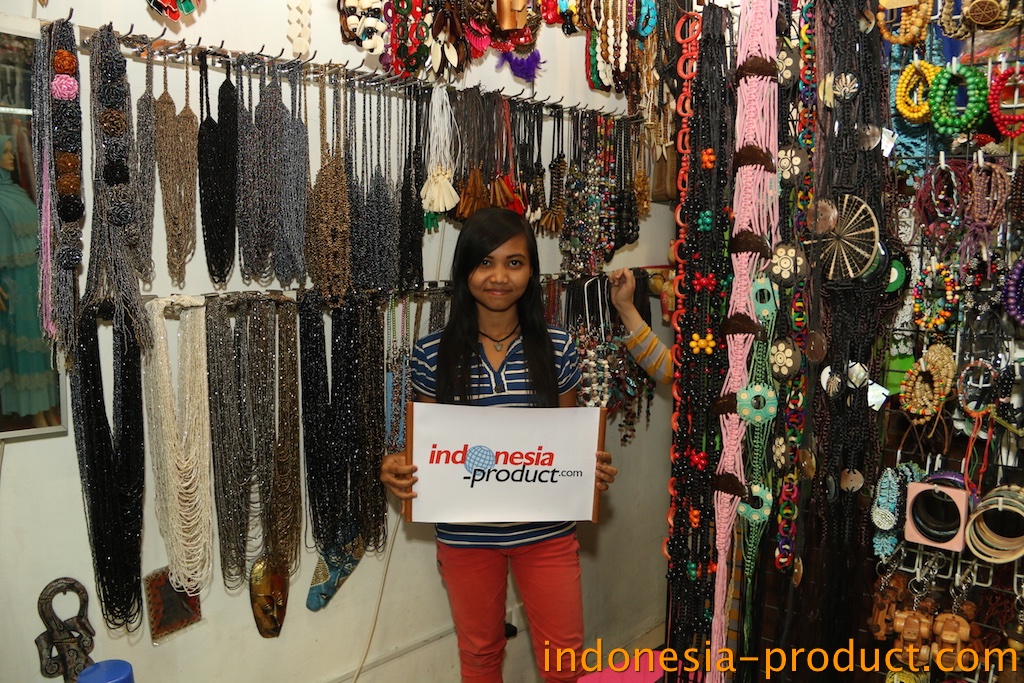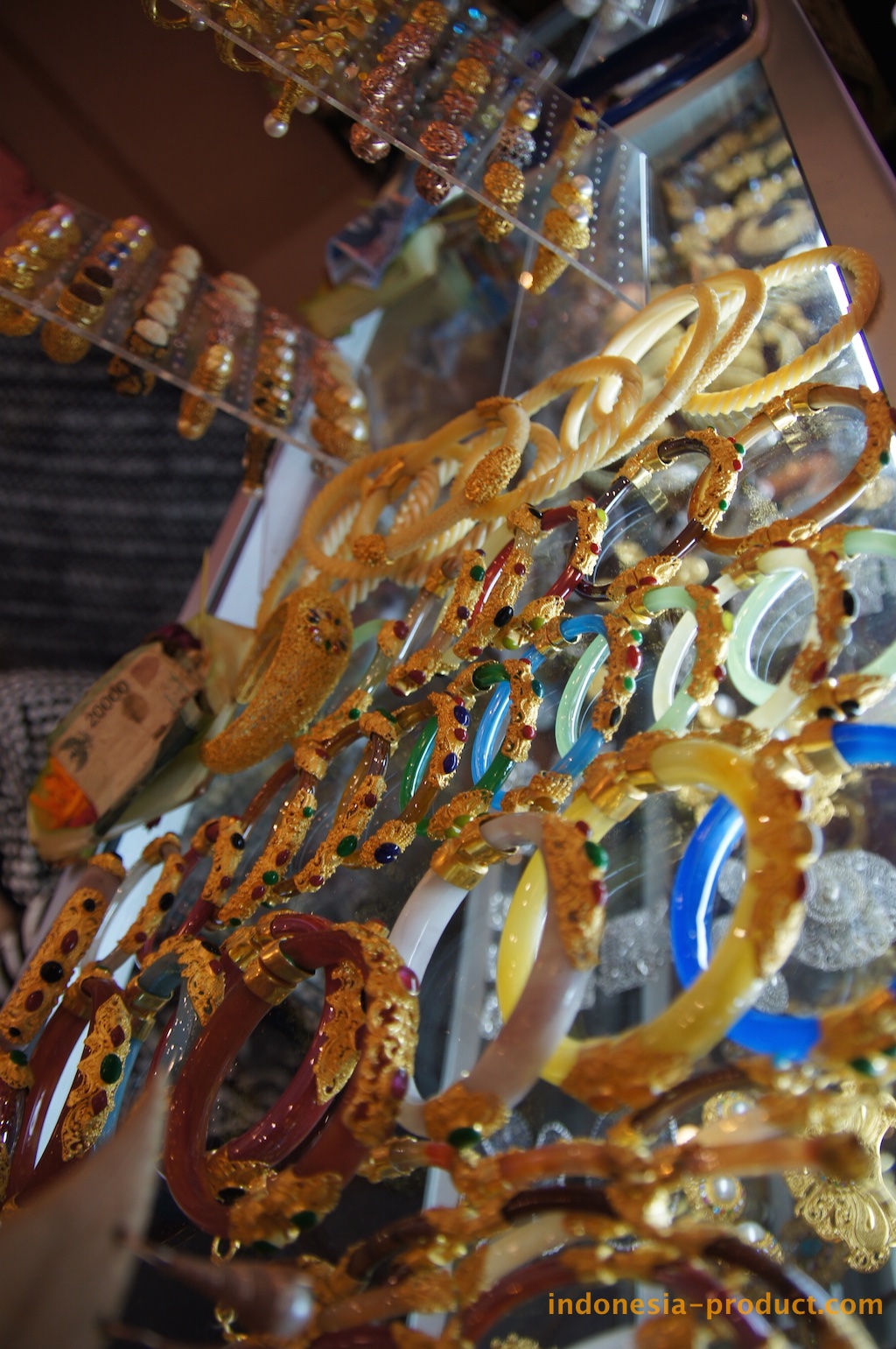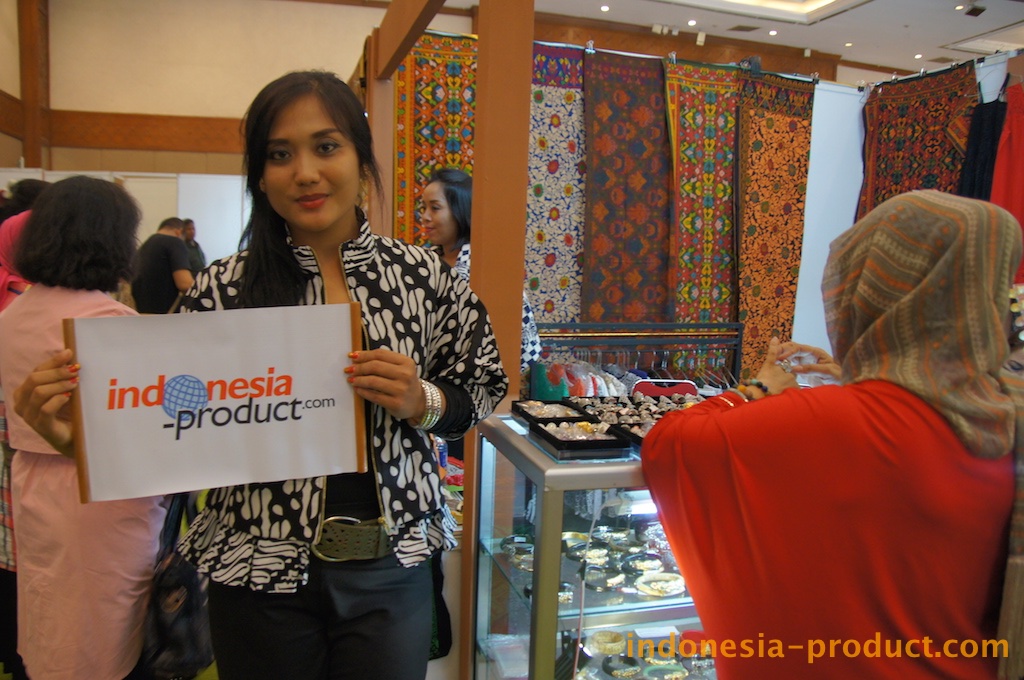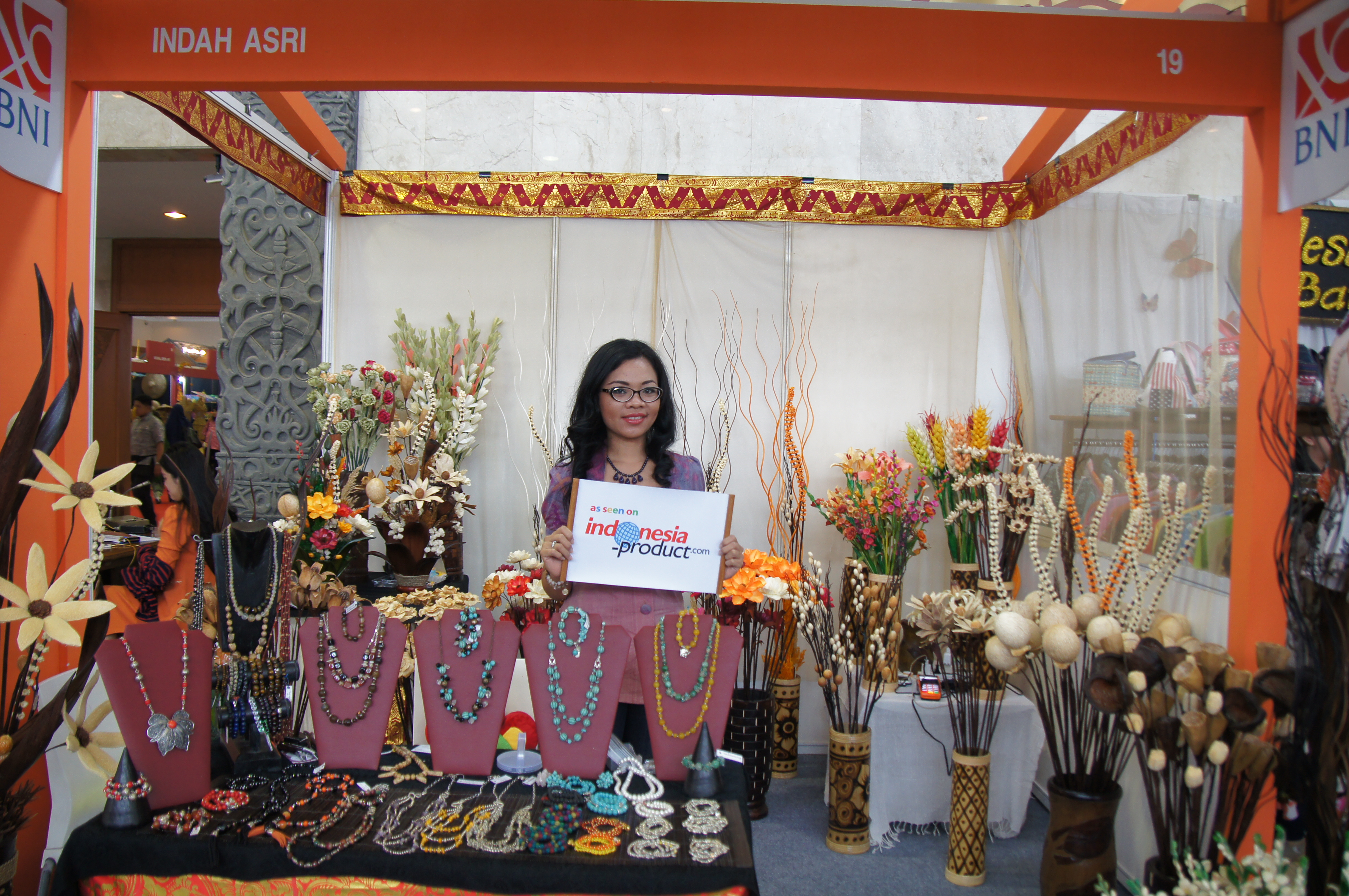Book Focuses on Making Jewelry
TriCities.com, TN
“Creative Metal Clay Jewelry: Techniques, Projects, Inspiration†by CeCe Wire, photographs by Sandra Stambaugh, illustrated by Olivier Rollin, 2007, Lark Books, $14.95, hardbound, 144 pages
 The author begins by explaining how as a jeweler metal clay virtually changed her life, then goes on to clarify what metal clay is and the myriad of possibilities it offers. Metal clay is composed of water, an organic binder and pure particles of either silver or gold. Metal clay is soft and malleable like other clays, until fired either with a torch or a kiln. The water and organic binder evaporate and burn away, and the resulting product is either fine silver or 24K gold.
This book tells how to choose the best firing method for the types of items you want to create. It also tells about the different forms of metal clay available: paste, paper and syringe, in addition to the regular clay form.
A basic tool box is outlined, and after that other items that may come in handy when working in this medium. Kiln and torch safety are given their due, as well. The author covers practically every aspect of working with metal clay, from smoothing seams to creating a hollow form design, making your own mold, carving and setting stones, for a start. There’s even a convenient table to help you decide how long to kiln fire gold, silver and silver with glass.
Surface finishing is another important section, as metal clay emerges from the kiln as either matte white or matte ochre instead of silver or gold. The finishes you may achieve are burnished soft satin and mirrored. Plus, if you like, it’s possible to apply patinas to this clay using a special chemical, and the author shares how to do this.
Also taken into account are repairs, both wet and dry, and clay may be rehydrated if necessary. As slow-fire clay shrinks 28 percent, and quick- and medium-fire clays shrink 10-15 percent, the author also suggests a way to account for this in your final design.
Following this instruction comes the projects section. The vast majority of these are jewelry pieces, but there are also sculptural pieces, like a filigreed box and a twig and leaf condiment spoon. Punctuating the projects are pencil sketches, and photos of various artists’ works.
At the end is a glossary of terms and an index.
Lee’s take: Extensive and informative.Â
J.J.’s take: Ideal for someone looking for a new hobby.
LEE AND J.J. MACFADDEN are twins and voracious readers living in Bristol Tennessee. E-mail them at leeandjj.doubletake@yahoo.com.
Â
Â





